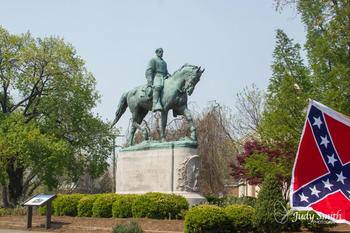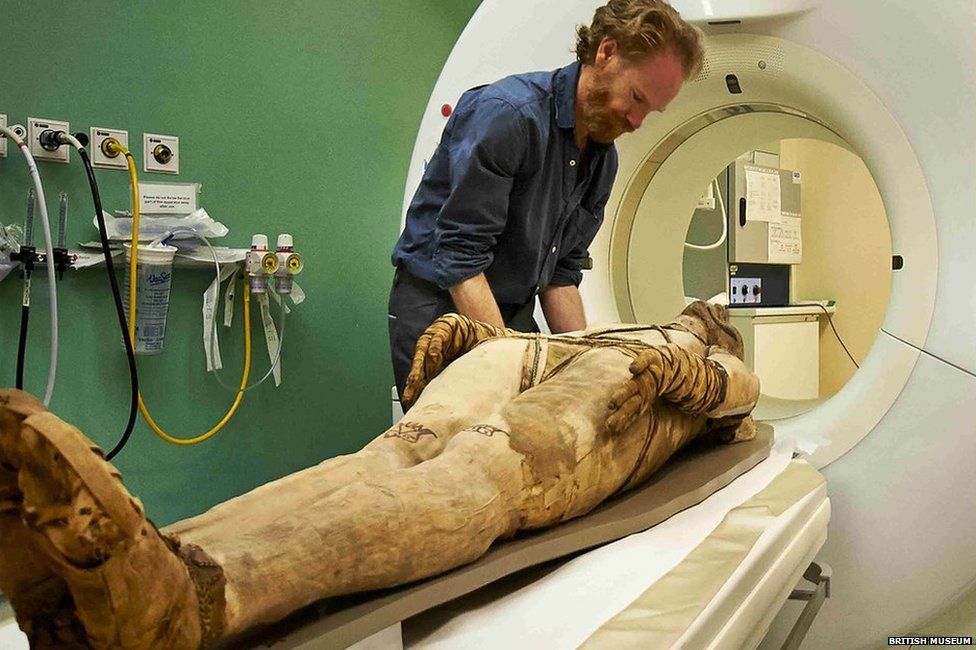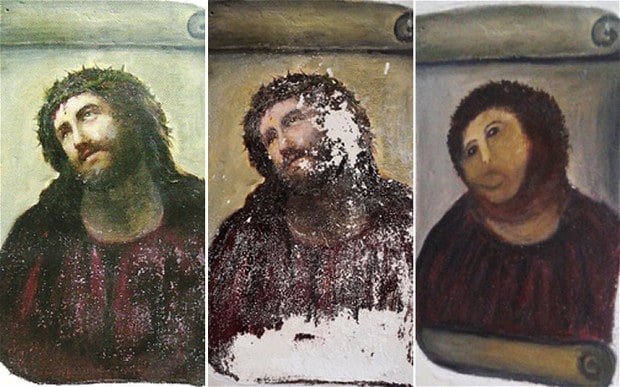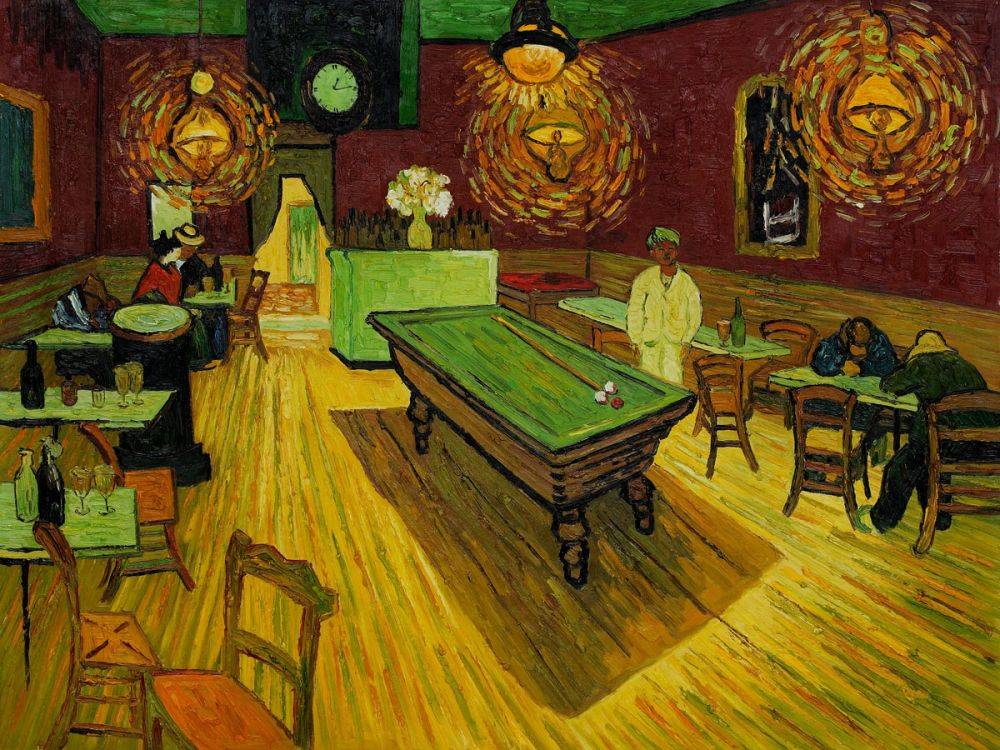- Home
- Info
-
Projects
- What is art?
- Study Haikus
- Sports in Art History
- Tableaux Vivants
- Timeline
- Create a Podcast/Song >
- Create a Board Game
- Picasso Portraits
- Research Essay
- Storytelling with Music >
- Street Art Socratic Seminar
- Kandinsky Activity
- Greatest Artist Paper
- Museum Gallery
- Museum Visit
- Illuminated Letters >
- Match-maker Activity
- Global Art Dossier
- 250 List
-
Content
- Introduction
- Global Prehistory
- The Pacific
- Indigenous Americas
- The Near East
- Ancient Egypt
- Ancient Greece
- Ancient Etruria
- Ancient Rome
- Late Antiquity >
- Byzantine Art >
- Early Medieval >
- Islamic Art
- Romanesque
- Gothic Architecture
- 14th century Early Renaissance >
- 15th century Renaissance >
- High Renaissance and Mannerism
- Northern Renaissance
- Baroque
- New Spain in America
- Age of Enlightenment
- Early Modernism
- Modernism
- Contemporary Artists
- Africa
- China and Korea
- South and SE Asia
- Japan
- Global Art
- Ethics
- Study
- Educators Only
"Today we say all art is political. But I'd say all art has to do with ethics... It's a matter of attitudes."
-Ingmar Burgman
|
What is the relationship between art and ethics? Throughout the year we'll discuss and look at a range of topics on art and ethics. It should be our goal to discuss and listen to each other's views and to discover and explore a complex system of values and morals that are involved in the visual arts. As many of my students have said in their "what is art" essays, art is a reflection of self and affects all the senses -- it draws some kind of emotional or physical response. We react to artworks whether we laugh, feel pain, have empathy, see beauty, or question our own core values. We are not even going to like all art that we discuss in class or bring up in discussions but let's remember that somewhere, even in our own class, someone does like the art we view. With an open mind we can open ourselves to new views, morals, and beliefs. We can be inspired, have imagination, change our behavior, and make a new friend. |
Controversial art newshttps://www.theguardian.com/commentisfree/2013/apr/07/graham-ovenden-art
http://news.nationalgeographic.com/2016/02/160217-video-taxidermy-art-animals-death-ethics/ 
Book RecommendationsBarrett, Terry. Interpreting Art: Reflecting, Wondering, and Responding. McGraw-Hill, 2003.
Baucheron, Éléa, and Diane Routex. The Museum of Scandals Art That Shocked the World. Prestel, 2013. Freeland, Cynthia. But Is It Art? Oxford University Press, 2013 |
Monuments and Charlottesville
"The German word for 'monument' is denkmal, which means "thought object." And you really have to engage monuments. They're meant to be encountered, and the great artists understood how to get the people that were looking at the monument into the monumental space to view the monument and to understand their place in terms of the monument." - James A. Percoco
What is the purpose of memorials and monuments? What impact do they have on us and the way we think about history, especially as it relates to August events in Charlottesville, VA. *Created specifically for Fall 2017 but more relevant than ever in 2020. |
|
Conservation:
|
|
Possible topics include: Conscious advocates for propaganda, censorship in museums/galleries, censorship in the US, political/religious propaganda.
|
|
Judgment & Understanding Controversial Artworks
*You know the maturity level and appropriateness for your classroom and district. Please use discretion as some works of art may actually be too controversial for your school or grade level. My own personal opinion says that if we can't even talk about it, then what/how are we teaching our students to think?
Controversial artworks and the attention that surrounds them says as much about the artist as the public that reacts to it. So, what makes art controversial -- race, gender, religion, symbols, sex, media...? One of the many aspects of art is its ability to shock the world and create visceral reactions. It challenges core values politically, religiously, morally and socially. How do you rationally interpret artworks and judge them according to preferences and values? https://news.artnet.com/exhibitions/top-10-controversial-art-projects-563213 |
Blasphemy: Immersion (Serrano), Holy Virgin Mary (Ofili)
PC: Liberty Leading the People (Delacroix) Indecency and Sex: The Bent Ear (Sally Mann), Reclining Nude (Modigliani), Olympia (Manet) Disobedience: Sunrise (Monet), Fountain (Duchamp), Happenings (Kusama) |
|
|
Judgment & Understanding
|
- Home
- Info
-
Projects
- What is art?
- Study Haikus
- Sports in Art History
- Tableaux Vivants
- Timeline
- Create a Podcast/Song >
- Create a Board Game
- Picasso Portraits
- Research Essay
- Storytelling with Music >
- Street Art Socratic Seminar
- Kandinsky Activity
- Greatest Artist Paper
- Museum Gallery
- Museum Visit
- Illuminated Letters >
- Match-maker Activity
- Global Art Dossier
- 250 List
-
Content
- Introduction
- Global Prehistory
- The Pacific
- Indigenous Americas
- The Near East
- Ancient Egypt
- Ancient Greece
- Ancient Etruria
- Ancient Rome
- Late Antiquity >
- Byzantine Art >
- Early Medieval >
- Islamic Art
- Romanesque
- Gothic Architecture
- 14th century Early Renaissance >
- 15th century Renaissance >
- High Renaissance and Mannerism
- Northern Renaissance
- Baroque
- New Spain in America
- Age of Enlightenment
- Early Modernism
- Modernism
- Contemporary Artists
- Africa
- China and Korea
- South and SE Asia
- Japan
- Global Art
- Ethics
- Study
- Educators Only







